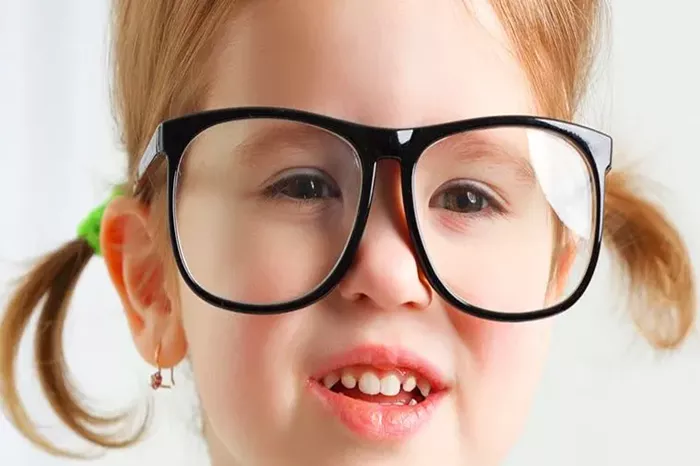Myopia, commonly known as nearsightedness, is becoming a global health crisis, particularly among young people. In urban areas of Asia, nearly 90% of individuals under 20 years old are already affected by myopia—a staggering figure that underscores the growing prevalence of this condition. This issue extends beyond Asia; by 2050, projections estimate that half of the world’s population could be myopic. Contributing factors include increased screen time, reduced outdoor activities, and changing lifestyle patterns. Without intervention, myopia can lead to severe complications such as retinal detachment, glaucoma, and even blindness. Urgent action is required to raise awareness, promote early detection, and implement strategies to mitigate this looming vision crisis.
What Causes Myopia?
Genetics: Children with one or both parents who are myopic are significantly more likely to develop myopia themselves. Nearsightedness in children is twice as common in those with one myopic parent and up to six times more common in those with two myopic parents. Due to this strong genetic link, parents should prioritize their children’s eye health.
Visual Habits: Modern lifestyles, especially the use of digital devices, contribute to the rise of myopia. Prolonged screen time on phones, tablets, and other gadgets, along with activities like reading books up close, are forms of “near work” that strain young eyes and accelerate the onset of myopia. The question “Can screen time cause myopia?” increasingly seems to be answered with a resounding yes. The earlier and more frequently children engage in screen-based activities, the higher their risk for visual impairments.
Environmental Factors: Exposure to natural light is another critical factor often overlooked. Studies suggest that insufficient outdoor time may speed up the progression of myopia. Many children today spend much of their time indoors, missing out on the natural light essential for maintaining good eye health.
Treatment and Management Options
Although there is no cure for myopia, several treatments and management strategies can slow its progression. Given the multifactorial causes of myopia, there is no one-size-fits-all solution. Instead, various treatment options—optical, medical, and behavioral—are available. The selection of treatments should consider factors like the age of onset, the axial length of the eye, and the rate of myopia progression in each individual child.
Specialized Lenses: ZEISS MyoCare lenses have proven to be effective in slowing myopia progression in children. These lenses incorporate advanced technology to manage the accommodative stress that occurs during near-vision tasks, contributing to myopia. MyoCare lenses provide clear vision across all distances while helping to slow the development of nearsightedness.
Retina Workplace: ZEISS’s Retina Workplace offers eye-care providers the tools to perform in-depth analyses of a patient’s retinal health using multi-modal data. This comprehensive approach allows for tracking the progression of myopia over time, enabling early intervention and personalized treatment plans. Additionally, the system fosters more direct communication between eye-care professionals and patients, ensuring they are informed about preventive measures and lifestyle changes.
Lifestyle Changes: Encouraging healthier habits can make a significant difference in children’s eye health. Limiting screen time, promoting outdoor activities, and scheduling regular eye exams are simple yet effective ways to slow the progression of myopia. Children who adopt these habits early are more likely to maintain healthy vision as they grow.
Eye Drops: Low-dose atropine eye drops offer another option for managing progressive myopia. These drops work by relaxing the eye’s focusing mechanism, allowing more light to enter the eye. However, they should only be used under the guidance of an eye-care specialist due to potential side effects like increased sensitivity to light and blurred vision.
Conclusion
As myopia becomes increasingly prevalent, especially among children, raising awareness and ensuring early intervention is more critical than ever. Parents play a crucial role in safeguarding their children’s eye health by encouraging lifestyle changes, scheduling regular check-ups, and exploring available treatments with advanced diagnostic tools and specialized lenses. Taking proactive steps now can help prevent the long-term complications of high myopia, ensuring children enjoy clear vision and a bright future.
Related topic:
How to Use DIY Remedies to Treat Swollen Eyes?
Top 5 Home Remedies for Warts Under the Eyes


